Asparagus season, usually a fleeting few weeks in Spring, is peaking now, late due to a chilly spring. I recommend REVELING in them while you can. New asparagus has an extraordinary pea-like flavor that you can unlock by simply steaming them until crisp-tender (more crisp than tender) and tossing with butter and sea salt.
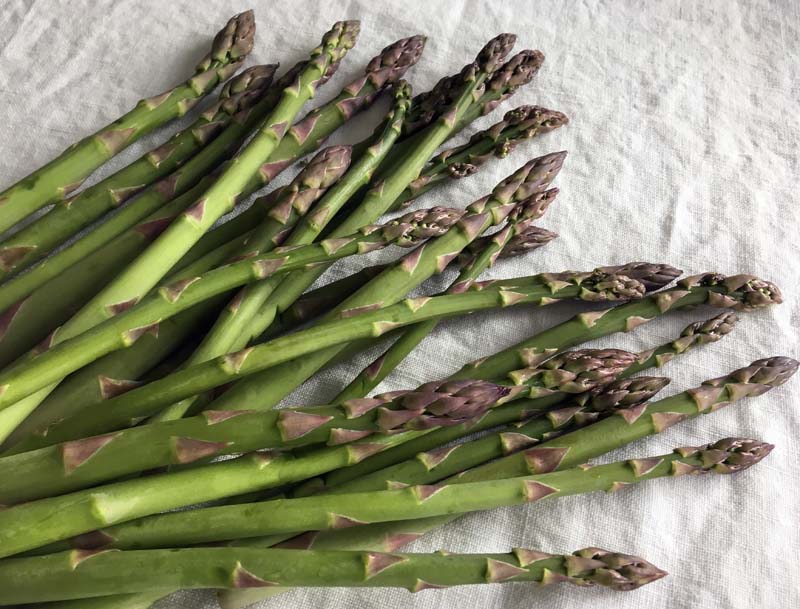
My next favorite way of eating asparagus is Italian-style, topped with a fried egg and Parmigiano-Reggiano. It is sublime in asparagus season and good all year round as an almost instant breakfast, lunch or supper. Recipe below.
For good basic info about buying, storing and prepping asparagus check out David Tannis of the New York Times’ Cooking.
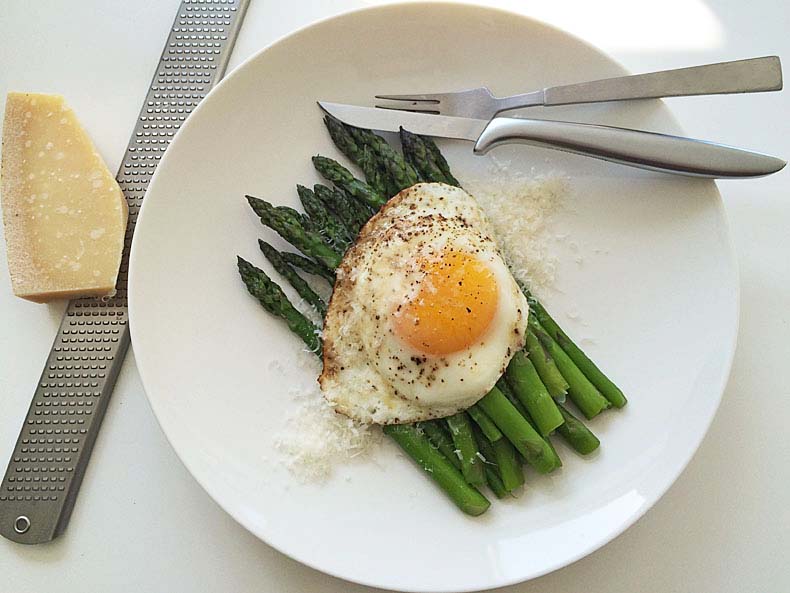
Recipe/Method: Asparagus with a Fried Egg + Parmigiano-Reggiano
If you have time, you might want to peel the skin off the ends of the asparagus with a swivel blade vegetable peeler. It is not essential but makes the ends even more tender and, curiously elegant. To peel, hold a spear down flat on the work surface with one hand and, starting about one-third of the way from the end, glide the peeler blade down the end of the asparagus. Then just trim off the very toughest part of the end.
Serves 4; can be scaled up or down indefinitely.
1 large bunch asparagus, about 1 pound
Salt
1/3 cup water
1 tablespoon unsalted butter or extra-virgin olive oil
4 extra-large eggs, preferably organic
Freshly ground black pepper
3/4 cup grated hard aged cheese such as Parmigiano Reggiano, Manchego, Aged Gouda, Dry Jack, Pecorino Toscano, or a grating goat cheese
If you haven’t peeled the asparagus, break off the tough stems: hold a spear in both hands and snap at the natural breaking part near the bottom. Discard the stems. If the stalks are different thicknesses divide them into two or three rough piles.
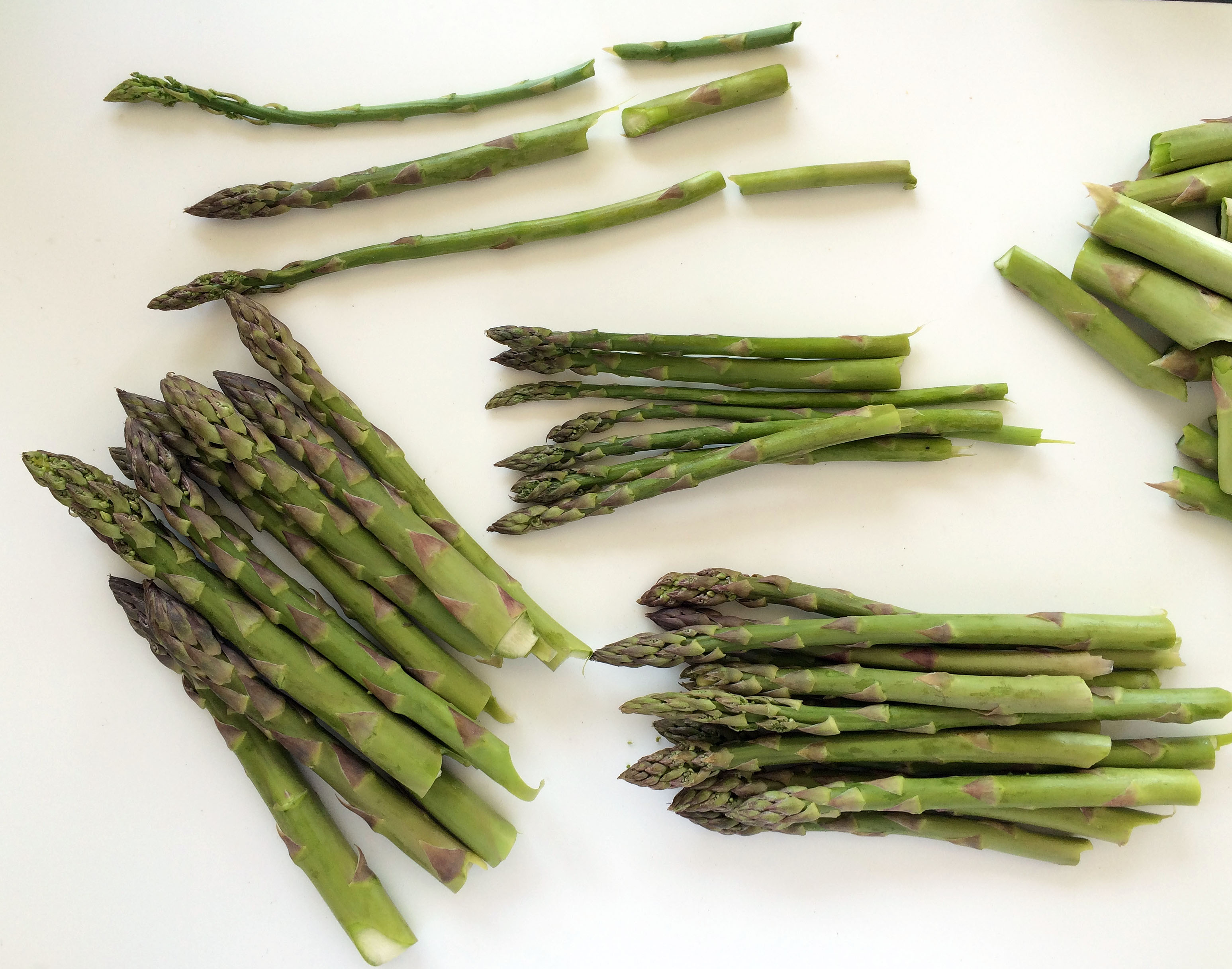
Add the salt and water and salt to a large skillet and bring to a boil over high heat. Add the thickest stalks, cover and steam for about 1 minute rearranging occasionally with tongs. Add the next thickest stalks, cover and steam, rearranging for another minute. And then add the thinnest ones. Cover and steam, rearranging occasionally until crisp-tender and all but 1 tablespoon of the water has evaporated. Total cooking time should be 5 to 8 minutes.
(If the water is evaporating too quickly, add a few more tablespoons. If there is still too much by the time it is tender, pour it off, holding the stalks in the pan with the lid).
Turn off the heat and remove the lid; blot the asparagus dry with paper towel and add 1 teaspoon of the butter or olive oil; toss well to coat them. Set aside uncovered.
Carefully break the eggs into a bowl without breaking the yolks. Heat a 12-inch well-seasoned or nonstick skillet over moderate heat. Add the remaining 2 teaspoons butter or oil and swirl to coat. Add the eggs, gently nudging the yolks so they are evenly spaced in the pan; sprinkle with salt and pepper. Reduce the heat, cover and cook until the whites are set and the yolks are still runny. When they are done, separate them with a spatula.
Arrange some of the asparagus on each of 4 dinner plates. Sprinkle each serving with some of the cheese and arrange an egg on top. Spoon a little of the remaining cheese over each egg. Serve at once.
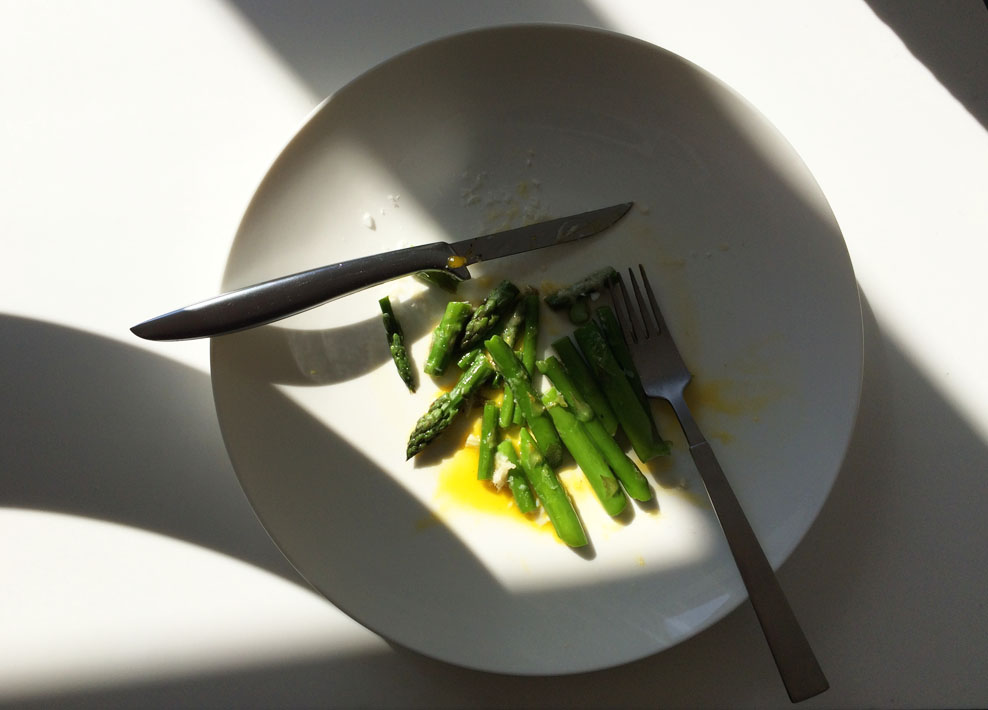

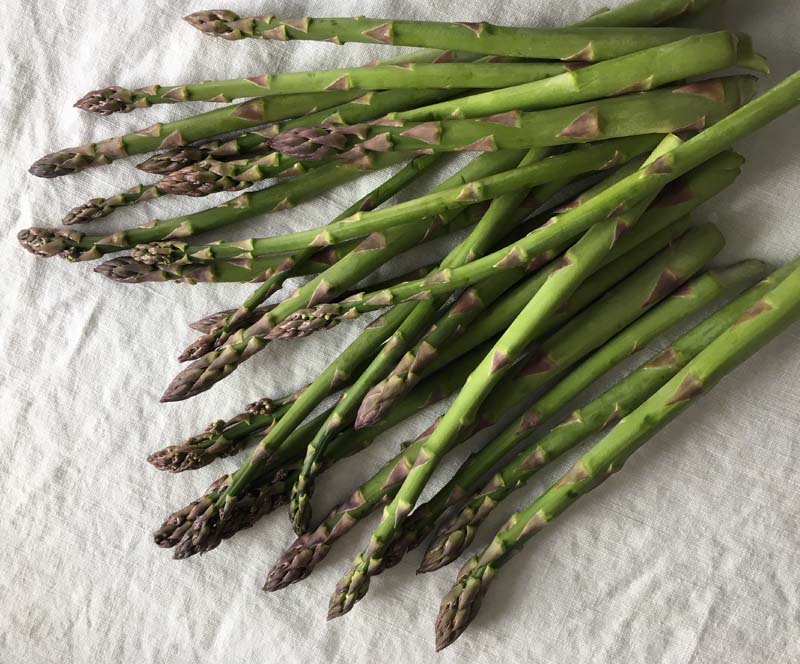

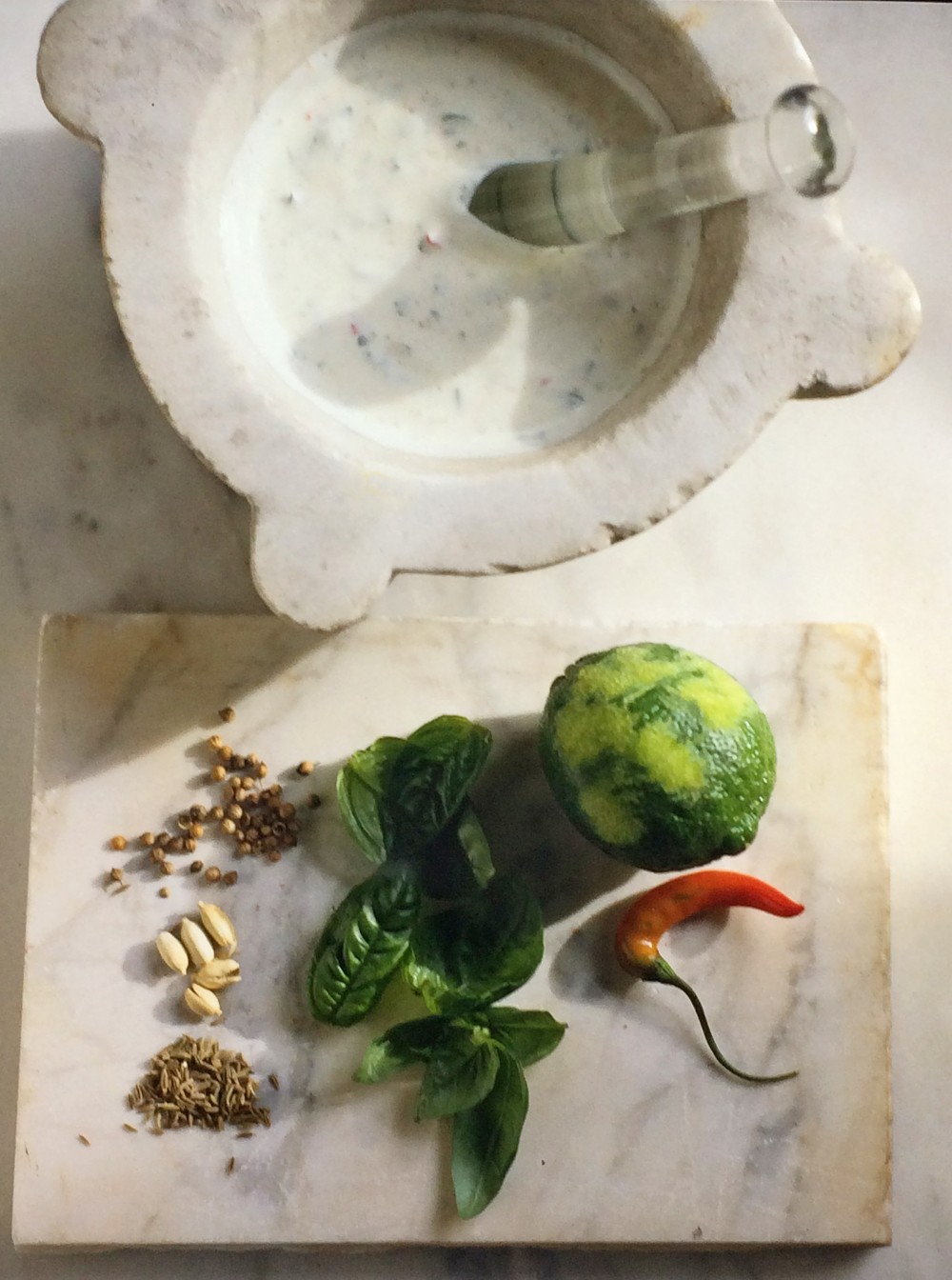

ahh Sally,
hate to rub it in;..
but living in Germany,
‘White Asparagus'(!)
It’s “allowed” to be grown until Johannes-tag.
(the 21st ot June. ?)
As the Asparagus tipp breaks thru the earth,
German farmers put more earth atop it.
This continues ’till the Asparagus is 12 inches long.
Receiving no sunlight,..
no chlorophil in produced,..
the Asparagus remains white,.
..and soft and tender….!
Life’s hard.?
gallagher
You are a SERIOUSLY lucky dog to have access to fresh white asparagus. The stuff we get here (mostly imported) tends to be a bit woody from the long trip.
Yeah, my life is hard…. (;